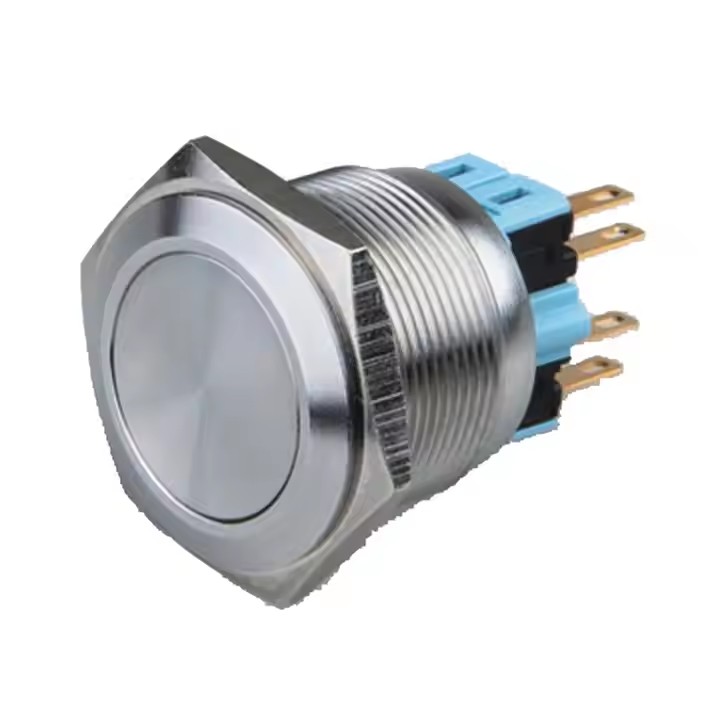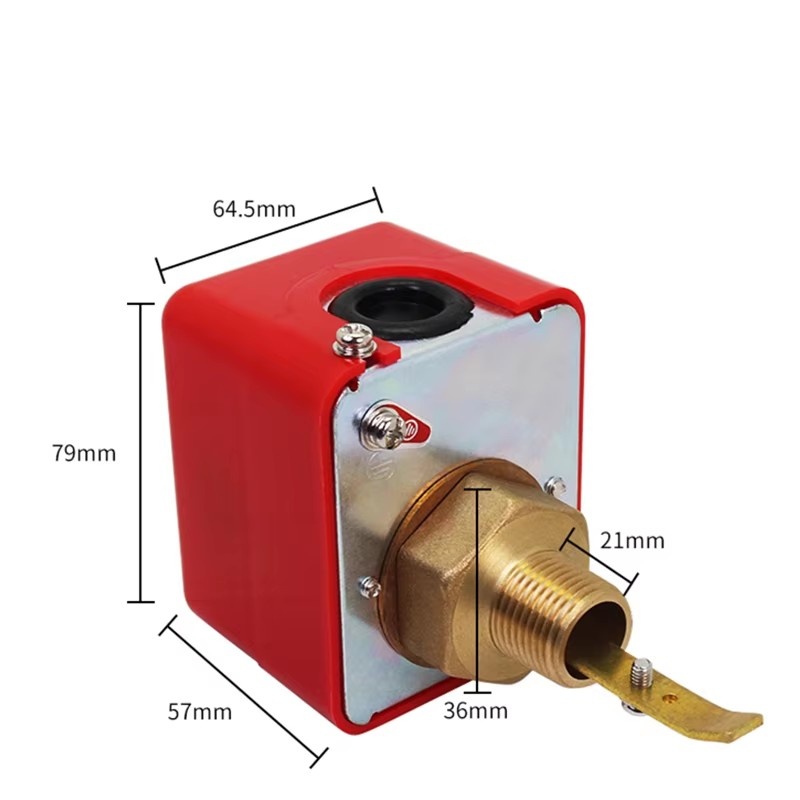In the realm of electrical and electronic components, durability is paramount. Metal push button switches are no exception, especially in environments where reliability and longevity are critical. The MSM CS metal push button switch exemplifies how innovative materials like ceramic actuators are pushing the boundaries of what these switches can achieve. This blog delves into the design philosophy behind ceramic actuators, their impact on switch performance, and their potential to shape the future of switch technology.

The Need for Durable Switches
Switches are often the first point of interaction between a user and a device. In industrial, medical, or public infrastructure settings, they must endure constant use, harsh conditions, and exposure to chemicals. Traditional materials like plastic or rubber fail under such demands, leading to frequent replacements and maintenance costs. Metal switches, while more robust, still face challenges like corrosion and wear.
The solution lies in material innovation. By integrating ceramic actuators into metal switches, manufacturers address these limitations while enhancing functionality. Ceramics are inherently hard, chemically inert, and thermally stable, making them ideal for high-performance applications.
How Ceramic Actuators Enhance Switch Design
The ceramic actuator in the MSM CS switch is a game-changer, offering a unique blend of properties:
- Mechanical Strength and Wear Resistance
Ceramics are among the hardest materials available, providing exceptional resistance to scratches and abrasions. This ensures that the switch maintains its appearance and functionality even after years of use. - Chemical Inertness
Unlike metals, ceramics do not react with acids, bases, or solvents. This makes the MSM CS switch suitable for environments where exposure to chemicals is inevitable, such as laboratories, chemical processing plants, or food production facilities. - Thermal Stability
Ceramic actuators can withstand extreme temperatures without deforming or losing their properties. This is particularly important in applications involving heat generation, such as industrial ovens or automotive systems. - Aesthetic Flexibility
The ceramic actuator allows for transparent backlighting, enabling vibrant color options (red, green, blue, and white). This feature is not just cosmetic—it can improve user experience by providing visual cues or aligning with brand identity. - Low Profile and Compact Design
The 1.7 mm low profile of the MSM CS switch makes it ideal for space-constrained applications, such as portable devices or embedded systems.
Case Studies: Real-World Applications
To understand the impact of ceramic actuators, let’s examine a few real-world applications:
- Medical Equipment
In hospitals, switches must be easy to clean and resistant to disinfectants. The MSM CS switch’s ceramic actuator eliminates the risk of chemical degradation, ensuring long-term reliability in MRI machines, patient monitors, and surgical tools. - Food Processing Plants
Food-grade environments require switches that can endure high-pressure water jets and cleaning agents. The IP69K rating of the MSM CS switch ensures it remains operational even after rigorous sanitation processes. - Public Transportation Systems
Train stations and airports rely on switches for lighting, ticketing, and safety systems. The IK07 impact rating protects the switch from vandalism or accidental damage, ensuring uninterrupted service. - Outdoor Lighting Controls
Outdoor switches are exposed to rain, UV radiation, and temperature fluctuations. The ceramic actuator’s durability and weather resistance make it a perfect fit for streetlights, security systems, and smart city infrastructure.
Overcoming Challenges in Ceramic Actuator Design
While ceramic actuators offer numerous benefits, their integration into switch design is not without challenges:
- Brittleness: Ceramics are inherently brittle, requiring careful engineering to prevent cracking under stress. The MSM CS switch mitigates this by using a proprietary bonding technique that distributes forces evenly.
- Cost: Advanced ceramics can be expensive to manufacture. However, the long-term savings from reduced maintenance and replacement costs offset the initial investment.
- Compatibility: Ensuring the ceramic actuator works seamlessly with other components (e.g., metal housing, electrical contacts) requires precision engineering.
The Future of Ceramic Actuators in Switches
The success of the MSM CS switch points to a broader trend: the adoption of advanced materials in switch design. Here are some possibilities for the future:
- Multi-Functional Actuators: Ceramics could be engineered to serve additional roles, such as acting as sensors or energy harvesters.
- Nanotechnology Integration: Nanoceramics could enhance properties like hardness and thermal conductivity, enabling switches to perform in even more extreme conditions.
- Sustainability: Ceramics are often recyclable and environmentally friendly compared to plastics. As industries prioritize sustainability, ceramic actuators may become the standard in green electronics.

